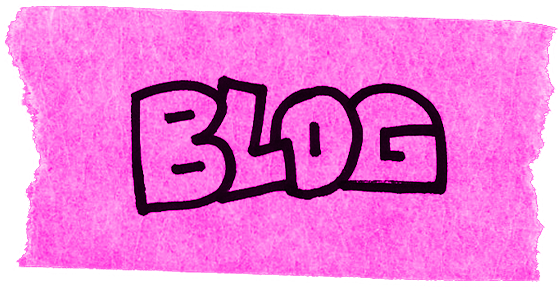NIGHT RAT: Underground in MTL
001 / Aboveground
Kyra Sutton
This summer, I fell into parties. Like how you might fall into an uncapped sewer drain— unexpectedly, all at once, unsure of what has happened to you. I attended huge parties, intimate ones; raves, concerts, club nights, queer nights, free parties in the middle of the woods. In the morning, I emerged from a gap in the trees like a vampire, pale, crystallizing in the daylight. I traveled around Europe, danced in each city. I looked around and I was in Berlin, at a techno party, clutching a bottle of Mio Mate like it would save me. My friend Alana and I were debating whether raves are political spaces. “I don’t consider this a rave,” she said, looking around at the massive warehouse. “This is a club.” She pointed to our embossed coat-check keychains, to the lineup of people waiting to get in. The security team, the awareness staff. The bar selling water for 6€. The impressive sound system, and the most diverse, curated lineup of DJs, local and international. “This is an institution.”
When I got back to Montreal, I started questioning more of the parties I attended. At a massive Halloween rave packed with over a thousand people, I lost my friends to the pull of the crowd. Normally, I have no problem striking up a conversation with a stranger, asking to bum a cigarette. I looked around for someone I could relate to, but everywhere, security regulated the flow of people, in bathrooms, in the courtyard, shining flashlights in corners, shouting, “move it along!”
I felt lost. Daylight poked through the clouds. This was a distinctly above-ground party: paying an entry fee I couldn't afford, not feeling entirely safe, though I wasn’t sure why. I wandered around, trying to enjoy the music. In the quiet room, I closed my eyes. My head was spinning.
A security guard approached me. Shook me. “You’re not allowed to sleep here,” he said.
“I’m meditating.”
He shook his head.
Not all parties are built the same. Some happen in dank basements, far from the city centre, under bridges, campsites or abandoned lots. When I’ve ventured into the angsty heart of the underground, there is a noticeable shift, like stepping through a portal. I am welcomed in, offered water. I understand who this space is for, whose safety is a priority. We don’t get to choose who enters these spaces with us— but there exists, glittering above in the ether, the contract that everyone at the party follows. If I feel scared, it’s only for a moment. I’ll close my eyes and breathe. A stranger will tap my shoulder— “You good?”
A party is a party— but when does it become something more? Why do we venture into the night? What are we seeking when we go out? I think about the clothes I wear to parties, how I negotiate my body, my dance moves— how I move through these spaces. I ask my friends— How does time manifest at the rave? How does queerness shape these spaces? What happens to your body when you dance for 8 hours straight? What happens in the throes of a mosh pit, in the heart of the darkroom, or on the park bench across from the party, unable to go back in, feeling like you’ve seen a ghost? What do we take from the moments when you can hardly believe you’re alive— sun breaking through slatted basement windows, rippling the parameters of time, dancing madly with your best friends like you’ll never get the chance again. When we share space on the dancefloor, are we sharing something more? How does a party become a playground for building community, care, belonging? This summer I scoured the dancefloor for answers, and still I want to discover— how can the renegade party be a revolutionary space?

